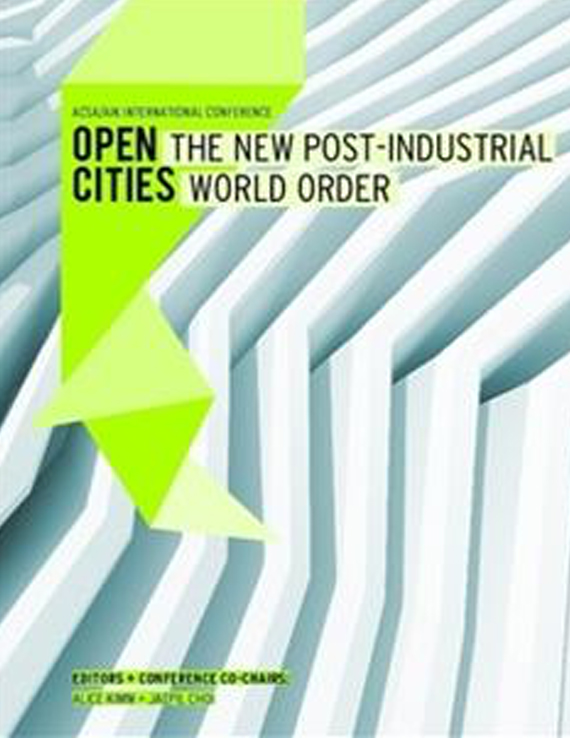Author(s): Koichiro Aitani & Takafumi Arima
Catalyst is originally a chemical term which activates chemical actions and reactions.In terms of Urbanism, the term, “Urban Catalyst” stimulates the built environmentfor the improvement of an existing city. The elements to act as a catalyst are definedphysical elements such as buildings, open spaces, and the temporary buildings invarious scales, and broadly non-physical elements such as festivals, events and evencommunity developments could be considered to make a significant influence to atransformation on the built environments.The essence of “Urban Catalyst” is to create a new space within a city while maintainingan existing context. This method is quite different from the ordinarily redevelopmentsuch as “Scrap & Build” approach while economy is also booming. As itis said commonly in Japan that Scrap is totally wipe out the existing context (Streetpattern, Road networks, etc.), and Build is to set up a new frame work for motorvehicles not for pedestrians, and often the case, cozy pedestrian friendly built environmentis replaced to a massive and functional super structured environment.This method was not so bad, when economy is booming and to accommodate rapidpopulation growth, etc. In this paper, the downtown area of Tokushima city was chosenas a case study and discussed about the Shin-machi board walk along the River,and its effect to the city. Various communities have been developed for participationto utilize and improve open spaces along the river. These public involvements weresummarized sequentially, and chained effect of Catalyst is analyzed. The benefit of“Urban Catalyst” is the initial cost of development is rather small, yet, chained effectis greater; promote further developments by new comers. The purpose of thisresearch is to find out the theory of “Urban Catalyst” for urban regeneration in ashrinking society.
Volume Editors
Alice Kimm & Jaepil Choi
ISBN
978-0-935502-91-6

 Study Architecture
Study Architecture  ProPEL
ProPEL 
